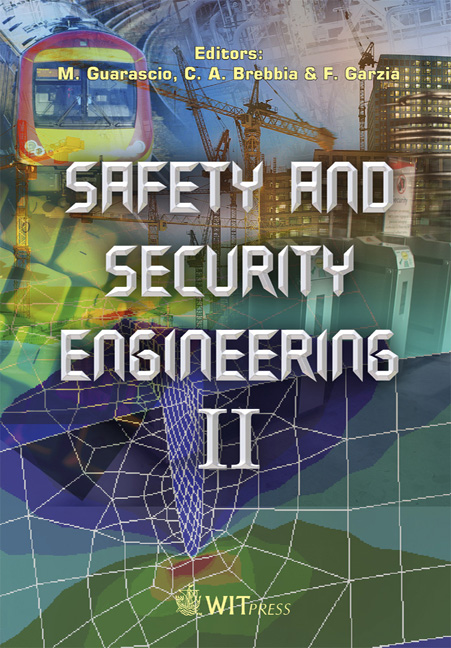Vehicle Crash Test Against A Lighting Pole: Experimental Analysis And Numerical Simulation
Price
Free (open access)
Transaction
Volume
94
Pages
10
Published
2007
Size
2,114 kb
Paper DOI
10.2495/SAFE070341
Copyright
WIT Press
Author(s)
G. Janszen
Abstract
The role of safety on the road is getting more and more important due to the overall increase of traffic. Active and passive safety deals with different concepts, the first to prevent an accident, the second to reduce the risks of occupant injury during an accident, but both lead to the same objective: safety. In this work, the role of a crashworthy lighting pole is discussed in order to assure a higher level of safety. Crash tests on an existing aluminium alloy lighting pole have been carried out, at the LAST Laboratory of the Aerospace Engineering Department of the Politecnico di Milano, to get sufficient data to create a numerical model of both the car and the lighting pole. Modifications to the pole have been investigated with the use of a multi-body program called VeDyAC, to verify the possibility of successfully fulfilling the European standard EN12767 \“Passive safety of support structures for road equipment – Requirements and test methods”. First results appear encouraging but further analysis has to be carried out, particularly on the base of the pole, which is the major part involved in the contact with the vehicle during the crash event. Results of experimental tests and numerical simulations with different solutions are presented and discussed. Keywords: passive safety, crash tests, injury criteria, multibody analysis. 1 Introduction The behaviour of an existing lighting pole (fig. 1) in a car crash event has been investigated in order to assess the crashworthiness of the pole itself. The work has been divided in three main areas, and the paper follows the same criteria. One area concerns the mechanical characterisation of the materials used for the pole. Another area covers the numerical simulation of the impact of a car with
Keywords
passive safety, crash tests, injury criteria, multibody analysis.





